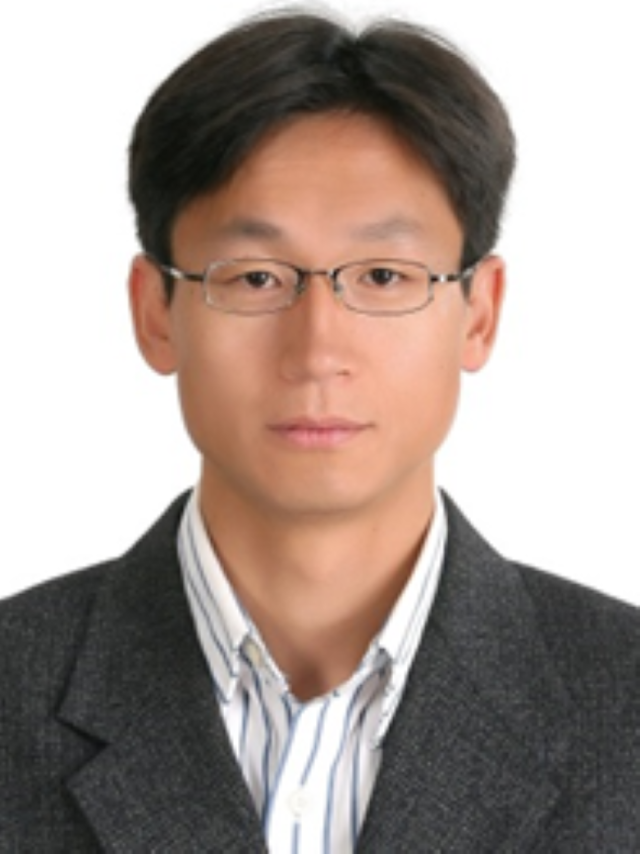Speaker: Professor BongSoo Kim - Department of Chemistry, Ulsan National Institute of Science and Technology (UNIST), Republic of Korea
Bio: BongSoo Kim received his B.S. and M.S. in Chemistry from Korea University in 2000 and 2002, respectively. He received his Ph.D. in Materials Chemistry from the University of Minnesota in 2008. From 2008-2010, he was a postdoctoral fellow at the University of California Berkeley working with Jean M. J. Fréchet. He was a research scientist at the Korea Institute of Science and Technology (KIST) and since 2018 he is an associate professor in the Department of Chemistry at Ulsan National Institute of Science and Technology (UNIST). His research interests are synthesis and characterization of functional materials and crosslinkers for organic electronics.
Abstract: Non-destructively solution-processed electronics including organic thin-film transistors, organic light-emitting diodes, organic photodiodes, and quantum-dot light-emitting diodes will be presented. Our new processing method is based on newly developed multi-bridge photo-crosslinkers containing 4 or 6 photo-crosslinkable units. Under UV, photo-crosslinkers mixed within solution-processable electronic materials generate a three-dimensional (3D) network of the given host electronic materials. The 3D network state can be formed efficiently even at an unprecedentedly small loading (only 1 or lower wt%), without sacrifice of the intrinsic electrical properties of the host material. Also, the crosslinking of electronic component layers allows not only micropatterning of the layers at high resolution (< 5 µm) but also stacking of a given electronic component layer on top of the other layers.[1-3] In addition, our efficient photo-crosslinkers enable to produce an ultrathin polymer gate dielectric, the application of which results in excellent hole and electron mobilities of 12.4 and 10.1 cm2 V-1s-1, respectively, from p- and n-type OTFTs operated at < 3 V.[4] Furthermore, our perfluorinated crosslinkers, to our surprise, make a very efficient exciton-scissoring at the p-type conjugated polymer/crosslinker interface, allowing the fabrication of photo-multiplication type organic image sensors.[5] These works demonstrate that the use of photo-crosslinkers paves a new avenue to fabricate future high-resolution electronic devices.
References
[1] "Universal Three-Dimensional Crosslinker for All-Photopatterned Electronics" Nat. Commun. 2020, 11, 1520.
[2] "Tetrabranched Photo-Crosslinker Enables Micrometer-Scale Patterning of Light-Emitting Super Yellow for High-Resolution OLEDs" ACS Photonics 2021, 8, 2519.
[3] “Nondestructive Photopatterning of Heavy-Metal-Free Quantum Dots” Adv. Mater. 2022, 2205504
[4] “Low Voltage Organic Transistors Using Six-Branched Organic Azide” Chem. Mater. 2022, 33, 10409.
[5] “Exciton-Scissoring Perfluoroarenes Trigger Photomultiplication in Full Color Organic Image Sensors” Adv. Mater. 2023, 2302786.
